
Opinion Pumped Storage Hydro in the Highlands - Is Anywhere Still Off Limits?
Are the enormous Earba and Fearna hydro projects merely the thin end of an ever bigger wedge? In a planning free-for-all for energy in Scotland, where will we draw the line? It's not yet too late to shed light on the murky world of Highland meg...



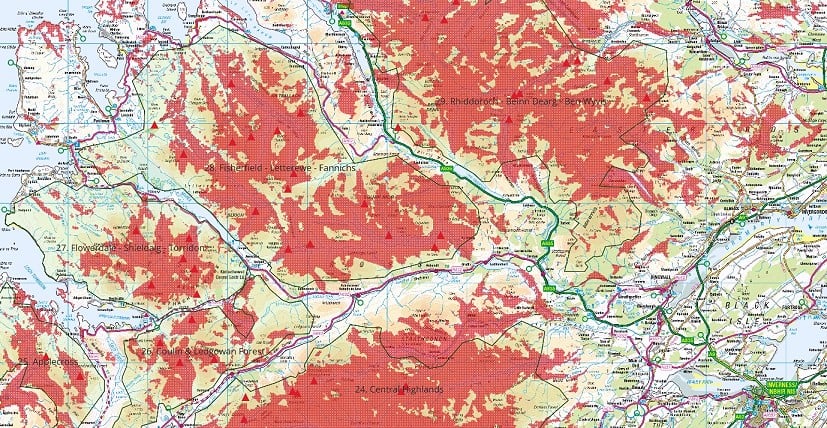
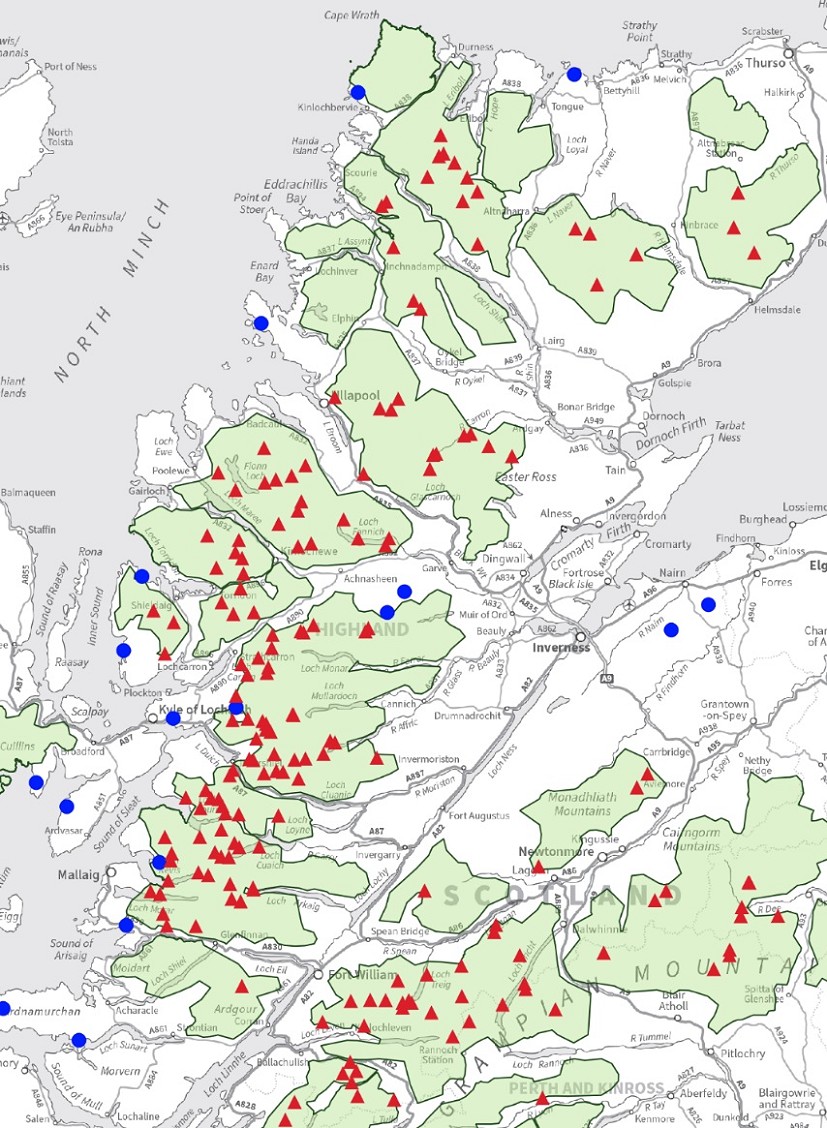

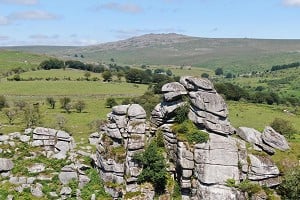
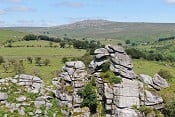
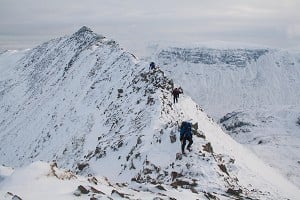






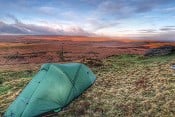
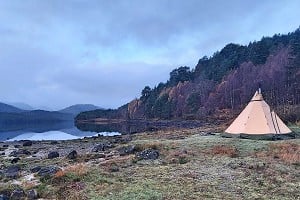
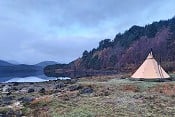
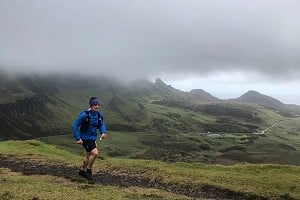

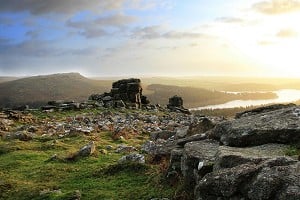
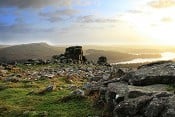
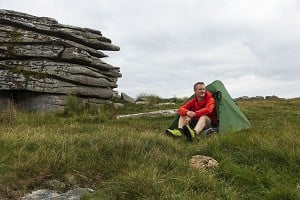
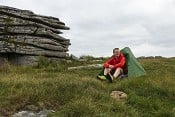
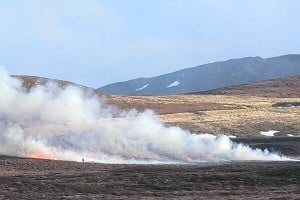
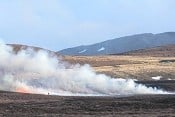
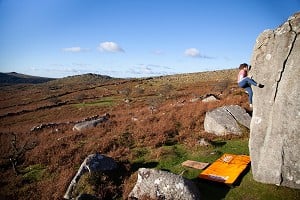
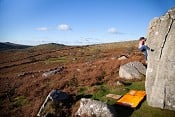


Comments
But how will we use the rockfax app without a signal 😉
As always, if you want to talk about "state sponsored environmental vandalism" you should focus on upland "management" rather than phone masts.
Of course if you can excuse the ecological dessert that the highlands have become, but are offended by a metal pole, carry on.
To add for clarity: I'd rather we had functional, natural ecosystems and no phone masts. To me the former is much more critical, and I find it strange that is so often overlooked in this argument.
It's not an either-or is it Ian? We cover environmental questions a lot, and that very much includes land management. Here are some opinion pieces, just for starters (a lot more coverage is in news etc)
Lynx reintroduction: https://www.ukhillwalking.com/articles/opinions/is_a_lynx_reintroduction_likely_and_how_might_it_work-15062
Wild land under threat: https://www.ukhillwalking.com/articles/opinions/scotlands_wild_land_is_under_threat-14364
Grouse moors: https://www.ukhillwalking.com/articles/opinions/its_time_to_end_burning_on_grouse_moors-13479
I'm not sure if you've used the app before, but you don't need signal in order for it to work. Yes, you have to download the areas in advance, but not doing so would be akin to forgetting your printed guidebook in years gone by, and if you do forget then there's always wifi (and there isn't always a shop to buy a new guide in).
A convenient (for the governments) side effect is that these kinds of schemes transfer large quantities of wealth from the state (i.e. us) to private corporations whilst allowing them to claim they are doing good. Not that I would accuse either government of having an agenda other than the wellbeing of the population ...